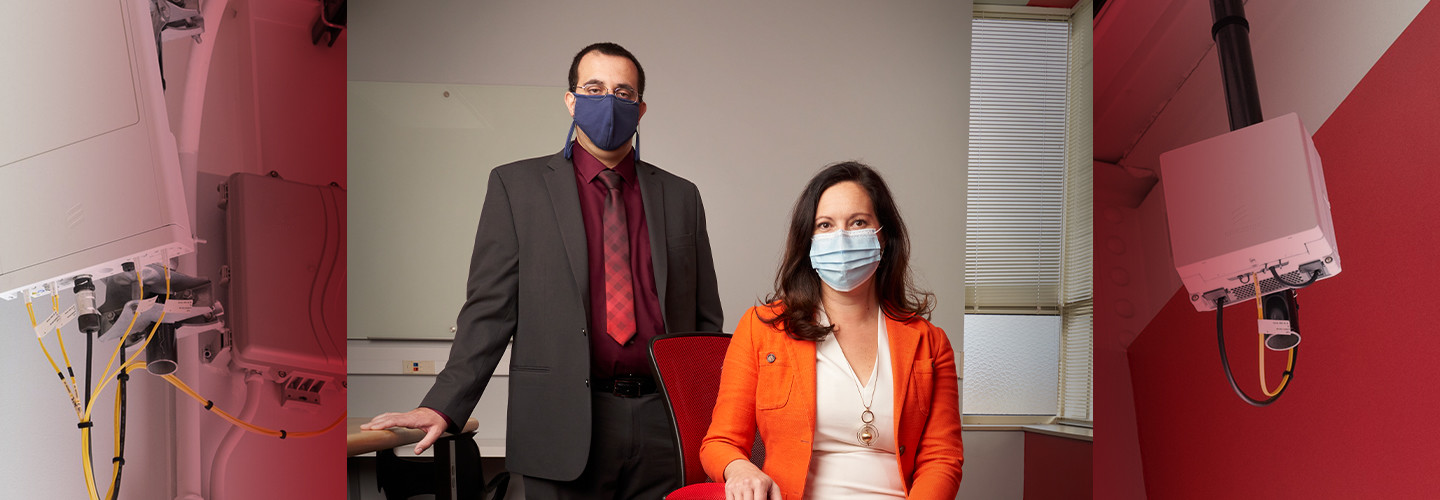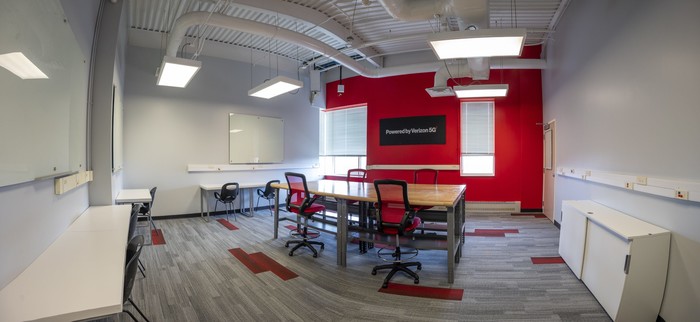Infancy or not, 5G is quickly moving toward the mainstream. 5G cellular networks are expanding across the U.S., and IT manufacturers are increasingly adding 5G-inclusive solutions and services to their portfolios: Cisco and its 5G-compatible network architecture offerings, for example, and Palo Alto Networks, which recently released a 5G-native security solution.
The result of a partnership with Verizon, the Innovation Hub is bringing together small startups, large companies and university researchers and students to collaborate on new use cases for 5G, says Laura Frerichs, executive director of the Research Park. “My hope is that both our companies and our researchers are able to invent ahead of others what’s possible with 5G,” she says. “Rather than talk about the technology in terms of hypotheticals, they will be able to try it out and learn from each other.”
MORE ON EDTECH: Learn how 5G will advance educational technology on campus.
Building a 5G Sandbox for Higher Ed
The university’s Research Park is home to offices for John Deere, Capital One, Procter & Gamble and more. Verizon has been a tenant for years, so when the company was looking to set up innovation centers at universities, Champaign was an obvious fit. “We were thrilled to be the first incubator,” Frerichs says. “We’re at the early stages of this technology, which is why it’s important to have this test bed available.”
The hub, Frerichs says, should provide researchers with the robust 5G bandwidth needed for proof-of-concept projects. Its 5G ultra-wideband connectivity is more resilient and robust than the 5G midband and low band typically available to consumers.
“It’s a closed lab, basically a sandbox,” notes Marjanovic. “It’s not designed to serve thousands of folks, but rather just a few devices at a time. It’s intended for testing development of new technologies, whether that’s a new radio or using an existing radio for a new application to see how it performs.”













